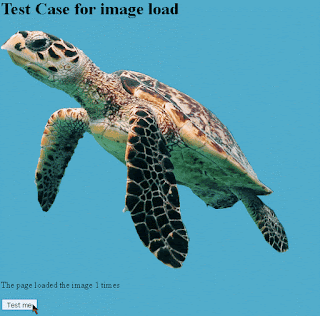The MIT License
The MIT License is a software license that gives permission for reuse, modify, or sell as the programmer sees fit. The License is written in lots of big words, and I am a programmer not a lawyer so it's hard to understand it all. In my Open Source course, I learned of the acronym "IANAL", or I am not a lawyer. For an assignment, I am to write a simple blog about what do I think the MIT license means, explain it in my own words versus how a lawyer would read this.
Image obtained from https://opensource.org/licenses/MIT
The license starts off stating that the software code can be used free of charge in whatever way the person obtaining it sees fit. This includes using it, modifying the code, redistributing it, or even selling copies of the software. Now that may see weird, why would I allow someone to use my code free of charge and then let them sell my software while I make no profit? Well the next paragraph explains it. The software is provided "as if", meaning that any bugs found in the original software later on, the original programmer is absolved of any fault, he can not be sued for any faults. It is the responsibility of the person using the code. The MIT license also states that the license is to be included in all copies or substantial portions of the Software. This is how I interpreted the MIT License, now how would a lawyer describe the license? Let's take a look at how attorney Kyle E. Mitchell interprets the license in his blog.
Right from the start, Mitchell has a lot more to say about the license than me. Mitchell explains that the license is a promise not to sue, therefore protecting the original creator. Some of the verbs, use, copy, modify, merge, publish, distribute, sub license, sell copies, and permit have a specific meaning tied to them while others do not. Copy for example, has a specific meaning under the United States Code title 35, section 271(a). There is some conditions to be met first though before being able to use this software: you need to let others know that they also have permission to use the software under public law, credit the original creator, and ensure that the warranty disclaimer and limitation of liability follow the software around. Finally, the disclaimer is another protection for the original creator so that they do not get sued in case the software does not work, breaks, or causes trouble. Typically warranties do they exact opposite and reassure the new product owner that the product will not break, but not in this case. The author or copyright holder in this case is not liable for any damage or liability.
It's a good idea to read up on any license before using it, especially if the license is hard to read and other can explain it in much simpler words. As a future software developer, this is one license that I will use a lot in the future I imagine. It good to full understand what it means.



Comments
Post a Comment